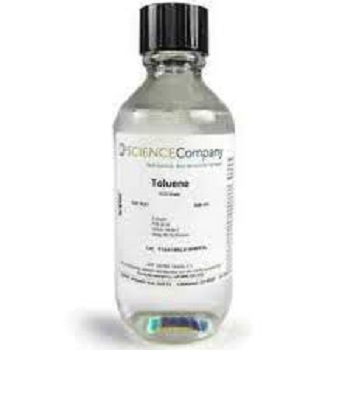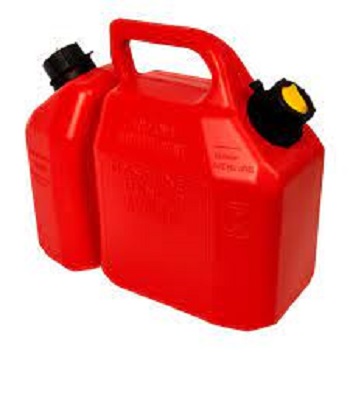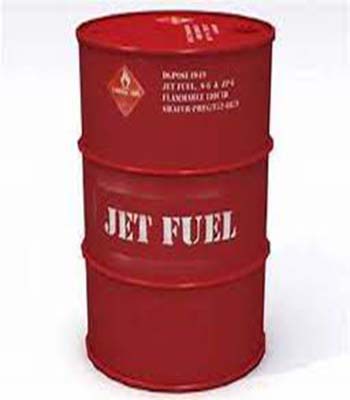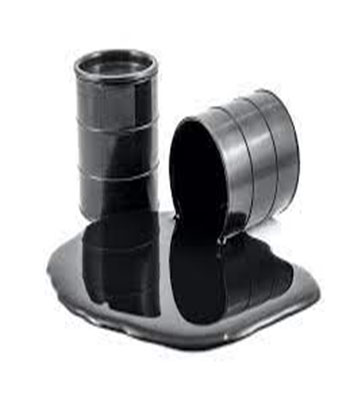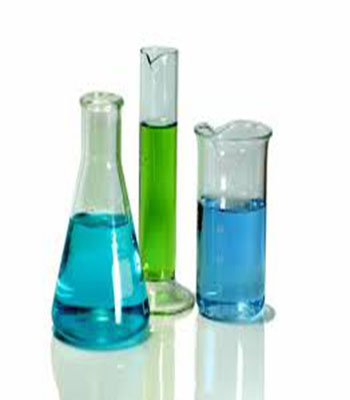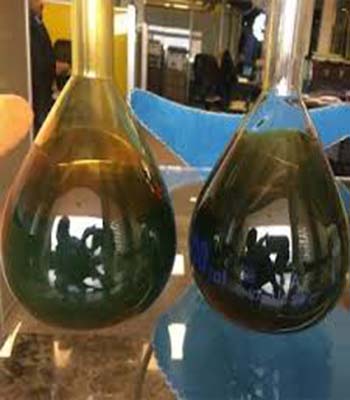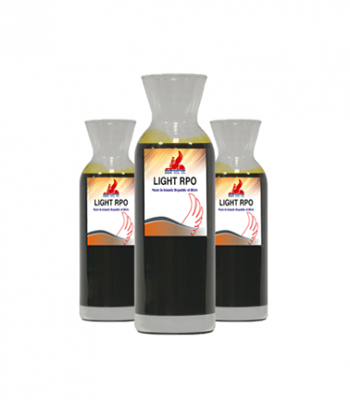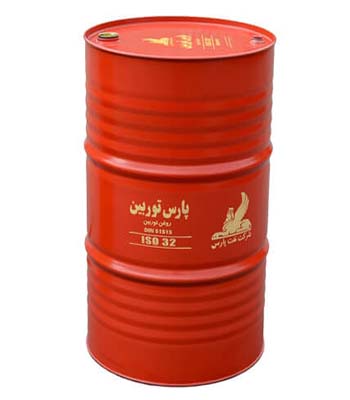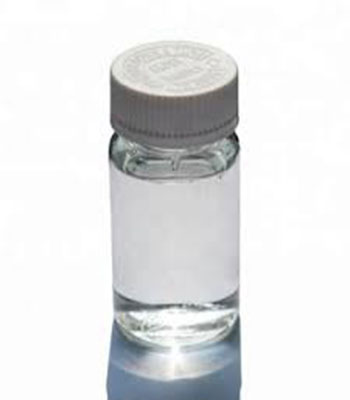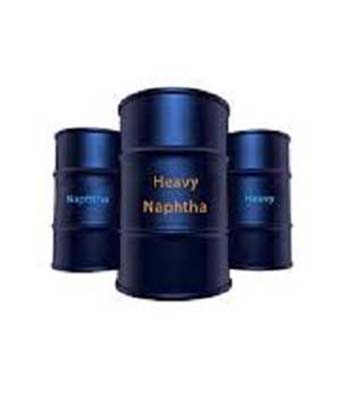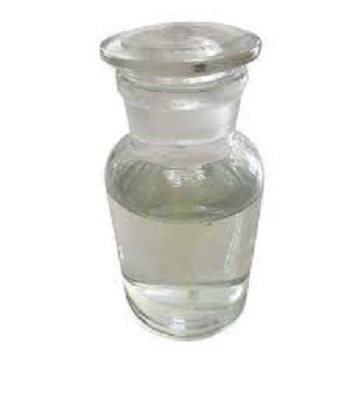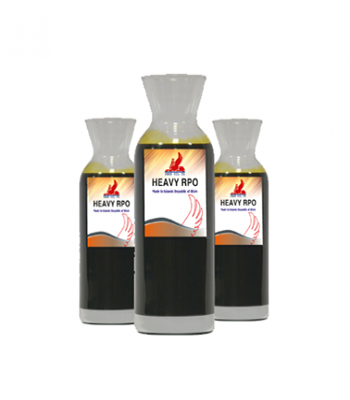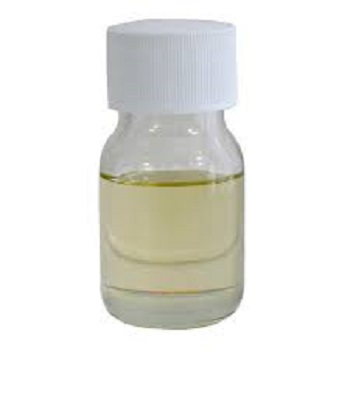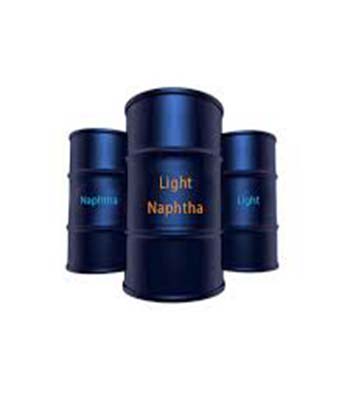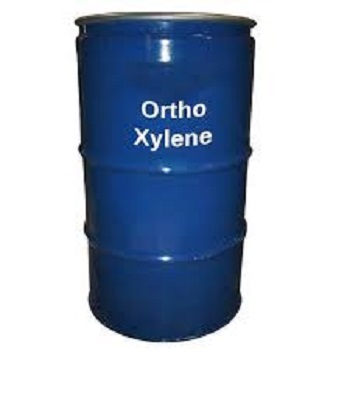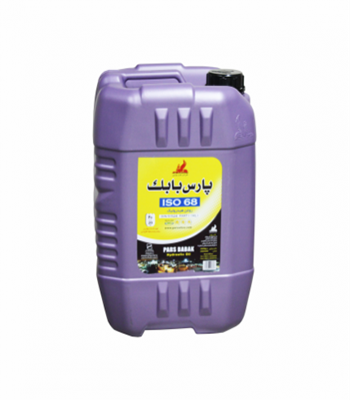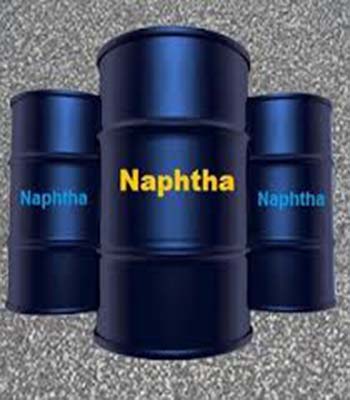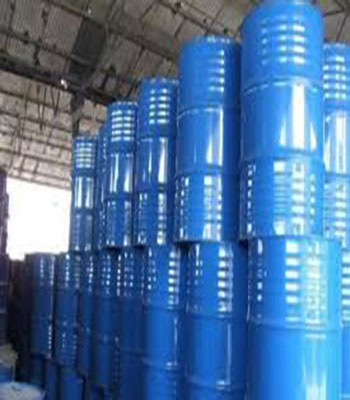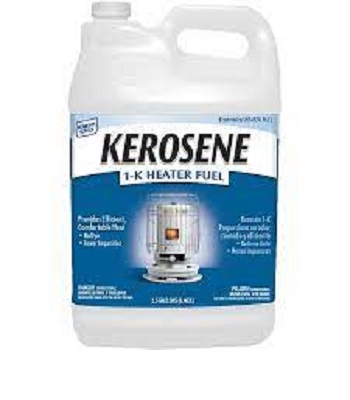TOLUENE
$0.00DESCRIPTION
Toluene is an aromatic compound that has many applications in chemical industries. Toluene, with C7H8 chemical formula, is found a lot in coal tar and with less quantity, in crude oil. Toluene is a colorless and flammable liquid, which is soluble in alcohol, benzene and ethers, but not water. The most important source of producing Toluene is reformates and after that is pyrolysis gasoline from olefin units. A little portion of toluene supply is derived from coke and coal-based processes.
Gasoline
$0.00It is used as fuel for diesel engines and and thermal installations. It consists mostly of organic compounds obtained by the fractional distillation of petroleum, enhanced with a variety of additives.
Gas Oil-Gas Oil10000 ppm
$0.00Gasoil (French: Gasoil) or petroleum gas or diesel fuel (French: Diésel) is used as fuel for diesel engines and thermal installations. Its hydrocarbon range is between C14-C20 and even C25 with a boiling point range of 385-250 degrees Celsius. Petroleum gas mainly consists of three groups of paraffinic, naphthenic and aromatic, has a minimum flash point of 54 ° C and a maximum pour point of 0 ° C.
Jet fuel-Jet B
$0.00Jet fuel or aviation turbine fuel (ATF, also abbreviated avtur) is a type of aviation fuel designed for use in aircraft powered by gas-turbine engines. It is colorless to straw-colored in appearance. The most commonly used fuels for commercial aviation are Jet A and Jet A-1, which are produced to a standardized international specification. The only other jet fuel commonly used in civilian turbine-engine powered aviation is Jet B, which is used for its enhanced cold-weather performance.
Crude Oil-Lavan Crude Oil
$0.00Crude oil or petroleum is a thick, flammable liquid of burnt brown or dark green, or black that is found in the upper layers of parts of the Earth’s crust. The oil contains a complex mixture of different hydrocarbons. Most of these hydrocarbons are from the alkane chain; But inwardly, composition or purity may vary greatly. Oil is called black gold. Oil is considered a fossil fuel and is non-renewable.
ParaxXylene-Hydrocarbons
$0.00P-Xylene is an aromatic hydrocarbon. It is one of the three isomers of dimethylbenzene known collectively as xylenes. The p- stands for para-, indicating that the two methyl groups in p-xylene occupy the diametrically opposite substituent positions 1 and 4
Raffinate-Hydrocarbons
$0.00Raffinate (petroleum gas, butane-butene raffinate) is the remain of C4-fraction after the extraction of 1,3-butadiene. Raffinate is the hydrocarbon (butane-butene) gas mixture. It is extremely flammable, colorless gas, with slight aromatic odor.
Light RPO-Rubber Processing Oil
$0.00PARS RUBBER PROCESS OIL (RPO) the highly aromatic (HA) type oil is known as distillate aromatic extract (DAE) is obtained in Pars Oil refinery as a by product during solvent extraction process of Producing lube base oils.
Applications
- As component in rubber formulations and manufacturing of products such as automobile tires, rubber shock absorber, footwear, industrial hoses, wire and cable coverings, flooring materials and carrier fluid or solvent in manufacture of adhesives, sealant, polish and carbon black
-
Used as a lubricant in rubber processing
-
Used as a component in ink production
Performance Features
-
Excellent color stability
- Low volatility properties
- Good solubility properties
- Elastomer capability
PARS TURBINE- Industrial Oil
$0.00PARS TURBINE oil has been regarded as the industry turbine oil. It has been developed to meet demands of the most modern non-geared steam turbine systems and light duty gas turbines. PARS TURBINE oil is formulated from high quality mineral base oil and a combination of zinc-free additives.
Applications
- Industrial steam turbines
- Light duty gas turbines
- Water turbine lubrication
- Compressor applications
- Numerous applications where strong control over rust and oxidation is required
Performance Features
- Strong control of oxidation
- High thermal stability
- High resistance to foaming and rapid air release
- High demulsibility properties
- Excellent rust and corrosion protection
- Resistance to action with ammonia
o-xylene
$0.00DESCRIPTION
o-Xylene is an aromatic hydrocarbon with the formula C₆H₄(CH₃)₂. with two methyl substituents bonded to adjacent carbon atoms of a benzene ring. It is a constitutional isomer of m-xylene and p-xylene, the mixture being called xylene or xylenes. o-Xylene is a colorless slightly oily flammable liquid
Natural Gas Condensate
$0.00The natural gas condensate is also called condensate, or gas condensate, or sometimes natural gasoline because it contains hydrocarbons within the gasoline boiling range, and is also referred to by the shortened name condy by many workers on gas installations.In general, gas condensate has a specific gravity ranging from 0.5 to 0.8, and is composed of hydrocarbons such as propane, butane, pentane, and hexane. Natural gas compounds with more than two carbon atoms exist as liquids at ambient temperatures
Gasoline A95
$0.00Gasoline , or petrol is a clear petroleum-derived flammable liquid that is used primarily as a fuel in most spark-ignited internal combustion engines. It consists mostly of organic compounds obtained by the fractional distillation of petroleum, enhanced with a variety of additives.
Naphta-Abadan heavy naphtha
$0.00Naphtha is a flammable liquid hydrocarbon mixture. Mixtures labeled naphtha have been produced from natural gas condensate, petroleum distillates, and the distillation of coal tar and peat. In different industries and regions naphtha may also be crude oil or refined products such as kerosene. Mineral spirits, also historically known as “naphtha”, is not the same chemical.
Crude Oil-Pars Crude Oil
$0.00Crude oil or petroleum is a thick, flammable liquid of burnt brown or dark green, or black that is found in the upper layers of parts of the Earth’s crust. The oil contains a complex mixture of different hydrocarbons. Most of these hydrocarbons are from the alkane chain; But inwardly, composition or purity may vary greatly. Oil is called black gold. Oil is considered a fossil fuel and is non-renewable.
Benzene-Hydrocarbons
$0.00Benzene is a chemical that is a colorless or light yellow liquid at room temperature. It has a sweet odor and is highly flammable. Benzene evaporates into the air very quickly. Its vapor is heavier than air and may sink into low-lying areas. Benzene dissolves only slightly in water and will float on top of water.
Reformate with an octane level of +98-Gasoline
$0.00Reformate is a gasoline blending stock that is produced by the catalytic reforming, a refining process in which mixed-catalysts and hydrogen promote the rearrangement of lower octane naphthenes into higher octane compounds without a significant reduction in carbon number
Heavy RPO-Rubber Processing Oil
$0.00PARS RUBBER PROCESS OIL (RPO) the highly aromatic (HA) type oil is known as distillate aromatic extract (DAE) is obtained in Pars Oil refinery as a by product during solvent extraction process of Producing lube base oils.
Applications
- As component in rubber formulations and manufacturing of products such as automobile tires, rubber shock absorber, footwear, industrial hoses, wire and cable coverings, flooring materials and carrier fluid or solvent in manufacture of adhesives, sealant, polish and carbon black
- Used as a lubricant in rubber processing
- Used as a component in ink production
Performance Features
- Excellent color stability
- Low volatility properties
- Good solubility properties
- Elastomer capability
PARS NISSAN S-Industrial Oil
$0.00PARS NISSAN S is an advanced synthetic heavy duty industrial gear oil (based on PAO) offering outstanding lubrication performance under severe operating condition including reduced friction, long service life and high resistance to micro-pitting for optimal gear protection.
Applications
- Enclosed industrial gear
- Wind turbines gear boxes
- Helical and hypoid gears under high load and very low or elevated temperatures and wide range of temperature variations
- Suitable for lubrication of bearings and other components in circulating and splash- lubricated systems
Performance Features
- Outstanding resistance to breakdown over long duration and high temperature operation
- Reduced tooth wear due to excellent load carrying capacity
- Very good corrosion protection
- Very good water separation
TDI
$0.00DESCRIPTION
Toluene di isocyanate (TDI) is a member of isocyanates which are chemically related to Polyurethanes. Two of the six possible isomers are commercially important: 2,4-TDI and 2,6-TDI. 2,4-TDI is produced in the pure state, but TDI is often marketed as 80/20 and 65/35 mixtures of the 2,4 and 2,6 isomers respectively. The Produced TDI in KRNPC is a 80:20 mixture of the 2,4 and 2,6 isomers with purity of at least 99.5%.
Crude oil
$0.00Petroleum, also known as crude oil and oil, is a naturally occurring, yellowish-black liquid found in geological formations beneath the Earth’s surface. It is commonly refined into various types of fuels. Petroleum consists basically of compounds of only two elements, carbon and hydrogen. Because these elements combine in a large variety of complex ways, however, crude oils vary greatly in their chemical composition. Their physical properties such as color, specific gravity, and viscosity also vary widely.
Gasoline A87
$0.00Gasoline , or petrol is a clear petroleum-derived flammable liquid that is used primarily as a fuel in most spark-ignited internal combustion engines. It consists mostly of organic compounds obtained by the fractional distillation of petroleum, enhanced with a variety of additives.
Naphta-Abadan Light naphtha
$0.00Naphtha is a flammable liquid hydrocarbon mixture. Mixtures labeled naphtha have been produced from natural gas condensate, petroleum distillates, and the distillation of coal tar and peat. In different industries and regions naphtha may also be crude oil or refined products such as kerosene. Mineral spirits, also historically known as “naphtha”, is not the same chemical.
Crude Oil-Sirri Crude Oil
$0.00Crude oil or petroleum is a thick, flammable liquid of burnt brown or dark green, or black that is found in the upper layers of parts of the Earth’s crust. The oil contains a complex mixture of different hydrocarbons. Most of these hydrocarbons are from the alkane chain; But inwardly, composition or purity may vary greatly. Oil is called black gold. Oil is considered a fossil fuel and is non-renewable.
Orthoxylene-Hydrocarbons
$0.00O-Xylene is an aromatic hydrocarbon with the formula C₆H₄(CH₃)₂. with two methyl substituents bonded to adjacent carbon atoms of a benzene ring. It is a constitutional isomer of m-xylene and p-xylene, the mixture being called xylene or xylenes. o-Xylene is a colorless slightly oily flammable liquid
Heavy naphtha-Naphta
$0.00Naphtha is a flammable liquid hydrocarbon mixture. Mixtures labeled naphtha have been produced from natural gas condensate, petroleum distillates, and the distillation of coal tar and peat. In different industries and regions naphtha may also be crude oil or refined products such as kerosene. Mineral spirits, also historically known as “naphtha”, is not the same chemical.
PARS ENTEGHAL HARARAT- Industrial Oil
$0.00PARS ENTEGHAL HARARAT oil is high performance product for use in closed indirect heating installations. It is formulated from highly refined base oils that is resistant to thermal cracking and chemical oxidation.
Applications
- Closed systems that the bulk oil temperature ranges are up to 300 oC
Performance Features
- Excellent thermal stability
- Excellent oxidation resistance
- High temperature conductivity coefficient
Performance Levels
- ISO 6743 PART 12, QB
- ISIRI 11298-12QB
PARS BABAK- Industrial Oil
$0.00PARS BABAK oil is a premium quality, solvent refined for a wide range of industrial applications. PARS BABAK oil is suitable to use in hydraulic and circulating systems, also is proposed to wherever a R & O oil is recommended.
Applications
- Closed gear boxes
- Some kinds of compressors crankcase
- Anti-friction bearing
- Textile machineries
Performance Features
- High thermal stability
- Very good oxidation resistance
- Very good outstanding anti wear performance
- Excellent air release and anti-foam properties
- Good water separation
NAPHTHA (C5+)
$0.00DESCRIPTION
Pentanes Plus is a complex mixture of C5 hydrocarbons rich in isopentane and pentane. This material is a colorless liquid with a gasoline-like odor. It is volatile (evaporates readily) and does not mix with water (negligible solubility). Pentanes Plus is recovered during the manufacture of benzene from pyrolysis gasoline (pygas).
MDI
$0.00DESCRIPTION
Methylene diphenyl diisocyanate is an aromatic diisocyanate. Three isomers are common, varying by the positions of the isocyanate groups around the rings: 2,2′-MDI, 2,4′-MDI, and 4,4′-MDI. The 4,4′ isomer is most widely used, and is also known as 4,4′-diphenylmethane diisocyanate.
Kerosene
$0.00Kerosene, also known as paraffin, lamp oil, and coal oil (an obsolete term), is a combustible hydrocarbon liquid which is derived from petroleum. It is widely used as a fuel in aviation as well as households. Its name derives from Greek: κηρός (keros) meaning “ wax“, and was registered as a trademark by Canadian geologist and inventor Abraham Gesner in 1854 before evolving into a genericized trademark. It is sometimes spelled kerosine in scientific and industrial usage.
Gasoline A90
$0.00Gasoline , or petrol is a clear petroleum-derived flammable liquid that is used primarily as a fuel in most spark-ignited internal combustion engines. It consists mostly of organic compounds obtained by the fractional distillation of petroleum, enhanced with a variety of additives.
Naphta-Heavy naphtha Bandar Abbas
$0.00Naphtha is a flammable liquid hydrocarbon mixture. Mixtures labeled naphtha have been produced from natural gas condensate, petroleum distillates, and the distillation of coal tar and peat. In different industries and regions naphtha may also be crude oil or refined products such as kerosene. Mineral spirits, also historically known as “naphtha”, is not the same chemical.
Crude Oil-Sooroosh Crude Oil
$0.00Crude oil or petroleum is a thick, flammable liquid of burnt brown or dark green, or black that is found in the upper layers of parts of the Earth’s crust. The oil contains a complex mixture of different hydrocarbons. Most of these hydrocarbons are from the alkane chain; But inwardly, composition or purity may vary greatly. Oil is called black gold. Oil is considered a fossil fuel and is non-renewable.
NAPHTHA HEAVY END-NAPHTHA
$0.00Naphtha refers to a range of volatile and flammable liquids produced by the distillation of petroleum. The liquids, which differ slightly in their chemical structures and boiling points, have various applications in the refining process – the main one as a feedstock for gasoline and the manufacture of olefins by the petrochemical industry.
Light Naphtha-Naphtha
$0.00Naphtha is a flammable liquid hydrocarbon mixture. Mixtures labeled naphtha have been produced from natural gas condensate, petroleum distillates, and the distillation of coal tar and peat. In different industries and regions naphtha may also be crude oil or refined products such as kerosene. Mineral spirits, also historically known as “naphtha”, is not the same chemical.
PARS FLUSHING-Industrial Oil
$0.00PARS FLUSHING oil is a very low sulphur content, non-detergent industrial flushing oil that is suitable for flushing, removal of light hydrocarbon based industrial fluid systems.
Applications
- Suitable for use in hydraulic, turbine or heat transfer system requiring cleaning and fluid extraction before recharge.
Performance Features
- Low viscosity
- Good compatibility with most hydraulic, turbine or heat transfer systems materials

